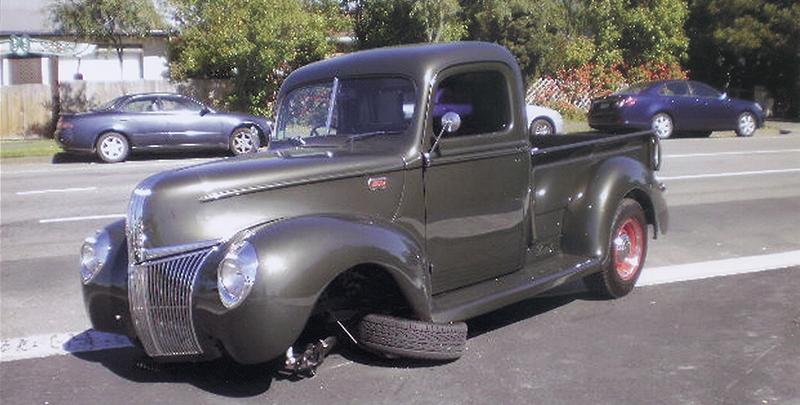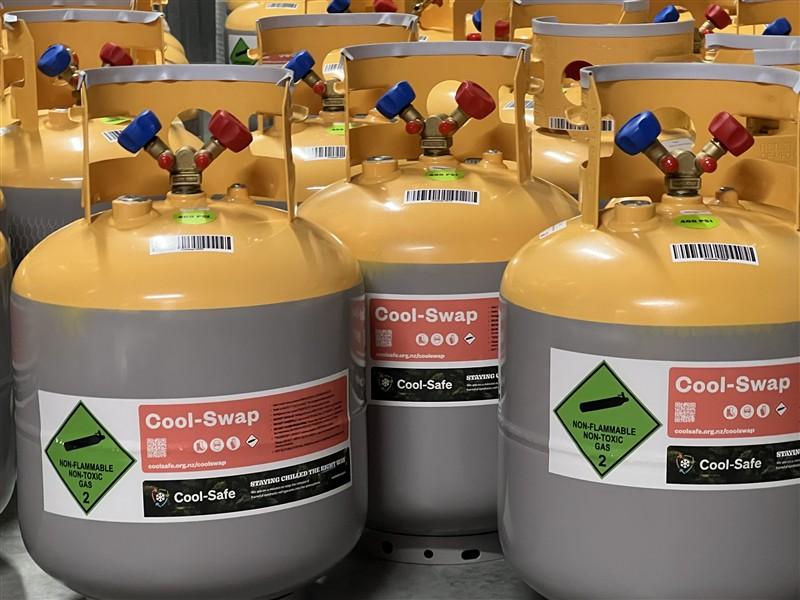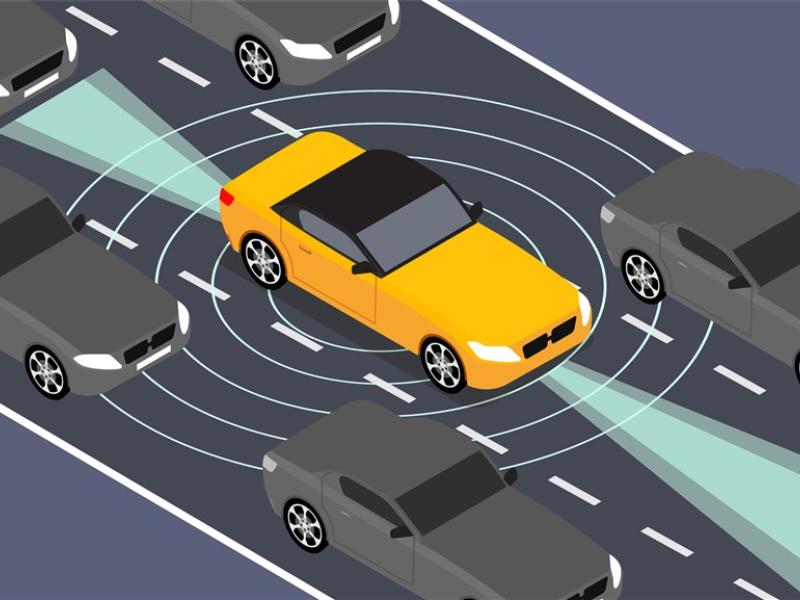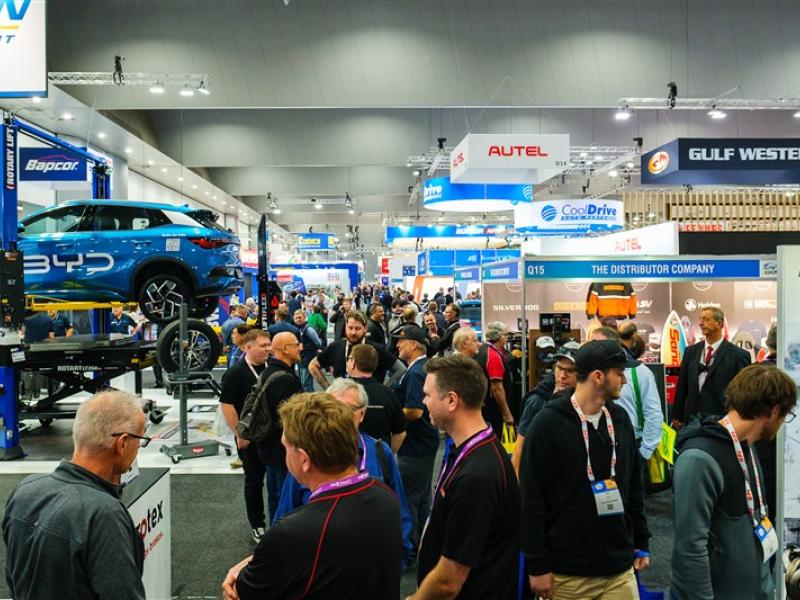Article reproduced by kind permission of LVVTA
It was the failure of a Magnum-brand cast iron I-beam axle in 2012 that first brought to LVVTA’s attention the substandard casting process which had been adopted by some I-beam axle manufacturers. The failure of that axle, and subsequent failures of other Magnum-brand axles in other countries, led LVVTA to establish a cast axle testing and inspection process. In late January 2018, the milestone 200th axle was inspected, and as with all before it, either assured of being safe, or scrapped and replaced with a safe axle.
Most aftermarket axles are manufactured using a forging process, but some manufacturers use a casting process, which If carried out correctly, works well, as is often seen in the OEM environment. However, casting can be inherently problematic if any deviation from the correct process occurs.
Through LVVTA’s research and development in relation to the I-beam axle problem, New Zealand became the first (and perhaps still only) country to properly address and deal with this serious safety-problem, with a non-destructive test.
The inspection process that LVVTA established for cast iron I-beam axles was developed in conjunction with metallurgical specialists and TAC members, and follows world-wide industry best practice. It looks into the microstructure of the component to determine the nodularity (which is what gives the component its strength and ductility) of the iron used in its construction, by micro-polishing a small area on the axle’s spring perch and carrying out a microscopic inspection of the area.
Specialised digital equipment allows for photos to be taken of the ultra-magnified structure of the axle, which enables LVVTA technical staff to determine whether or not the nodularity of the iron is to an acceptable standard. The micro-images are also provided to a professional metallurgist who then independently verifies LVVTA’s assessment.
A nodularity rating of 80 percent is the global standard for which cast components such as axles must meet or exceed to be considered “nodular iron”. However, of the 200 axles LVVTA has processed to date, an alarming 25 percent have failed to reach this level, with many coming in as low as 20 percent nodularity, and one at an astounding 10 percent nodularity.
While it was the Magnum brand that was responsible for the testing process being established, the majority of Magnum axles tested since have proved to be acceptable, while some other brands have had higher failure rates.
LVVTA’s Justin Hansen comments: “When we started testing I-beam axles, Superbell brand axles had some big manufacturing problems with their cast axles. However we’ve worked with their metallurgist and they’re doing a much better job now. Superbell has been really good to deal with, and very appreciative of our help – in fact they provide us with an ongoing supply of new axles so that their customers here in New Zealand aren’t inconvenienced when one fails the inspection.
“It’s not always the axles you’d expect to fail that do fail, and not always the ones you’d expect to pass, that pass. We’ve seen brand-new seemingly high-end items with a low nodularity and also seen axles that look like they’ve been sitting in a barn for years pass with flying colours.”
While 200 axles may not sound like a substantial figure, that indicates an additional 200 period-style hot rods or modified vintage vehicles being built over the five-year period since testing was introduced. This is an impressive number when you consider that many similar vehicles will have also been added to the fleet utilising forged axles, which are not required to undergo this same process, or independent suspension systems.
If an axle is purchased by a member of the public without any documentation, LVVTA can perform the axle inspection test to confirm if an axle is forged or cast, as most axles do not bear any identification on them.
The introduction of the LVVTA axle testing process has ensured that many potentially unsafe cast I-beam axles have not made it on to New Zealand roads. Not only is this great for the vehicle owners, with them avoiding potentially frightening consequences of these readily-available substandard parts failing, but it’s also a great success story for the modified car hobby, ensuring that modified vehicles are not in the headlines for all the wrong reasons.
To find out more about LVVTA visit www.lvvta.org.nz






